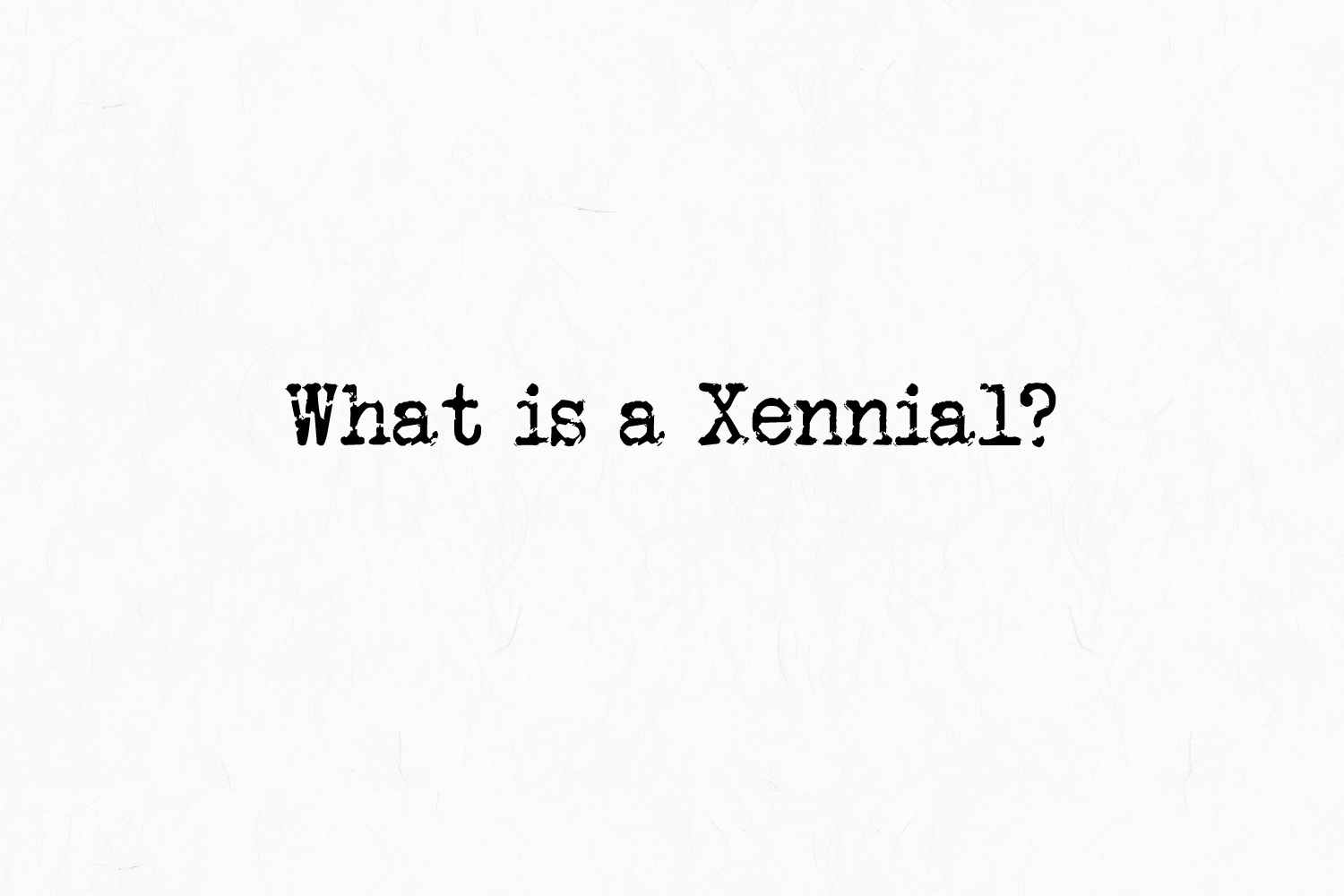So thanks to societal naming conventions and the need for classification of human beings into groups, often for the sake of statistics and the study of the evolution of society, I am now classified as a “Xennial”.
Now let’s deal with a possible point of confusion: We are talking here about “Xennial”, a noun describing a generational category, and not “Xenial”, which is an adjective describing someone who is friendly, especially to visiting strangers. Of course, a “Xennial” could be “xenial”. With this out of the way, time to leave the quotation marks behind and delve into the subject at hand.
So what are Xennials? Within the construct that is time, they are a sub-generation that straddle Gen Xers (born in the 1960s and 1970s) and Millennials (born in the 1980s and 1990s). Approximately, those born from 1977 to 1983. The word itself was coined by writer Sarah Stankorb, and first appeared in September 2014 in GOOD magazine.
But what does that mean on a more practical, life-experience level? The best description for this is given in the Wikipedia entry for Xennials, which states: “Xennials are described as having had an analog childhood and a digital adulthood.”
So there you have it. I’m part of the group who had to call friends up and leave a message (with someone or the answering machine) if they were not around. I’m part of the group that had to watch shows when they aired or else had to program the VCR to record them for viewing at a later time. I’m part of the group that got their first cell phone and actually used it for phone calls and started using a feature called “SMS” (with T9 predictive text entry no less, i.e. there was no keyboard).
I’m part of the group that saw the birth of the commercial Internet and began using it from the onset. I’m part of the group that knew about Amazon when it was simply an online bookstore. I’m part of the group that browsed the web on dial-up modems and searched the World Wide Web without the help of Google since it did not even exist yet. I’m part of the group that remembers calling long-distance could cost an arm and a leg and not be that great in quality either.
I’m also part of the group that saw the Internet evolve and see the technology behind it change. The jump to high-speed connections, first wired then wireless? Check. The rise of the smartphone? Check. The rise of international low-cost (or no-cost) communications? Check. The birth and rise of social media? Check. And yes, there was a time when the Internet did not have social media (you relied on a combination of message boards and email newsletters for given topics or hobbies. IRC anyone?).
And music? I’m part of the group that went from cassettes to CDs, then to MP3s (first ripped from CDs then from online stores), followed with different streaming services, culminating to today’s Apple Music / Google Play / Spotify world (yes, there are other services, but those are the big 3 right now).
And what about video? I’m part of the group that grew up with VHS cassettes and then saw the dawn and rise of the DVD (and the subsequent demise of the VHS format). I’m part of the group that knew Netflix as a postal DVD rental service, in a time where you had to go to a rental store (such as Blockbuster) to grab a video (on VHS then later DVD) of the movie or show you wanted to watch. And just like with Netflix, the DVD then made way for streaming (with the increased prevalence of high-speed internet access).
And photography? I’m part of the group that used film cameras (and remembers Kodak film), then started using digital cameras when they came on the market (and became affordable).
So yes, I’m a Xennial. I saw the world go from analog to digital, technologically-speaking. The reality is we still live in an analog world, that has not changed, it is just that we as a society have given it the digital treatment. I’m part of the group that can recognize that.
